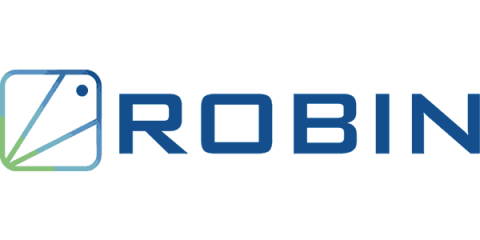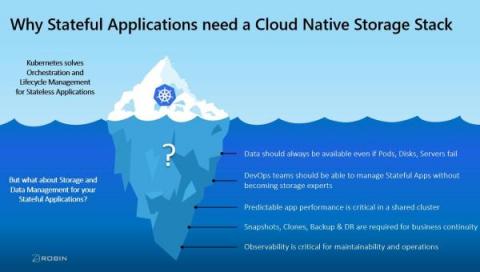Five Reasons To Choose Dell and Robin Cloud Native Platform For AI/ML (Blog series - Part 3 of 3)
In part 1 and part 2 of this series, we examined how AI/ML can help improve healthcare and the challenges faced by AI/ML teams in realizing the benefits respectively. In this part, we will explore how Robin and Dell can help overcome these challenges.







